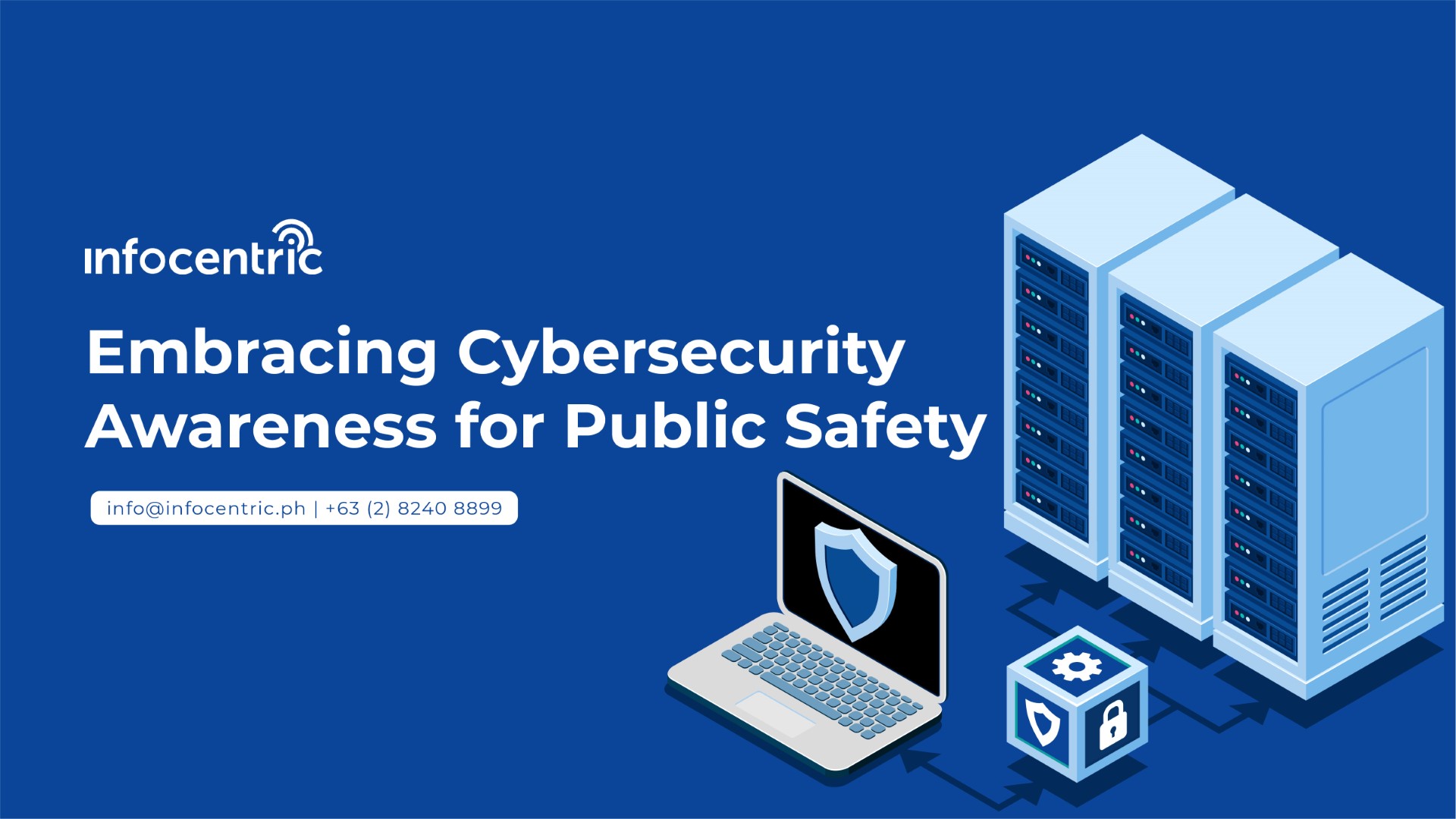
Nowadays, if you are a business leader, you cannot sit without thinking of the security risks and threats your organization might encounter today. It is almost illusionary to think that you can protect your entire roof by having maybe such limited resources. Security breaches are everywhere and experts believe that it could be triggered internally and most of the time out of your lot so it is important that you start reducing your chances of being invaded.
Security breaches are making headlines since 2014. These excessive attacks on security leaks and distributed denial-of-service should prepare security professionals even individuals to do a better job of protecting sensitive data. Since many businesses are still unprepared or not properly protected from a variety of security threats, it would be very beneficial to know the fundamentals of cybersecurity.
Cybersecurity is defined as “the body of technologies, processes, and practices designed to protect networks, computers, programs and data from attack, damage or unauthorized access. In a computing context, security includes both cybersecurity and physical security.” It consists of technologies, processes, and measures that are designed to protect systems, networks, and data from cyber crimes. An effective cybersecurity reduces the risk of a cyber attack and protects entities, organizations, and individuals from the deliberate exploitation of systems, networks, and technologies.
It is also worthy to mention what a cyber attack is. This activity is usually intended to inflict damage or expropriate information from an individual, organization or public entity, for the purpose of theft (of payment card data, customer details, company secrets or intellectual property), unauthorized access to networks, compromise of official records or financial and/or reputational damage.
To ensure an effective cybersecurity, your organization is required to coordinate efforts throughout an information system. This is composed of the different elements of cybersecurity. First is the Application Security. Experts define it as the use of software, hardware, and procedural methods to protect applications from external threats.
The second element is the Information Security. Also known as infosec, is a set of strategies for managing the processes, tools and policies necessary to prevent, detect, document and counter threats to digital and non-digital information. Infosec responsibilities include establishing a set of business processes that will protect information assets regardless of how the information is formatted or whether it is in transit, is being processed or is at rest in storage.
On the other hand, Network Security contains the policies and practices adopted to prevent and monitor unauthorized access, misuse, modification, or denial of a computer network and network-accessible resources while the Disaster Recovery Plan which is the fourth element is in charge of documenting and responding to a structured approach with instructions for responding to unplanned incidents.
The last element that we want to highlight is the Operational Security or OPSEC. This is an analytical process that classifies information assets and determines the controls required to protect these assets. Though these elements are are quickly and constantly evolving due to the nature of security risks. To deal with your current environment, advisory organizations are promoting a more proactive and adaptive approach.
To know more about cybersecurity, you may contact Infocentric Solutions Inc. Our hotline is +63 2 759 1510 or email marketing@centricitgroup.com.







